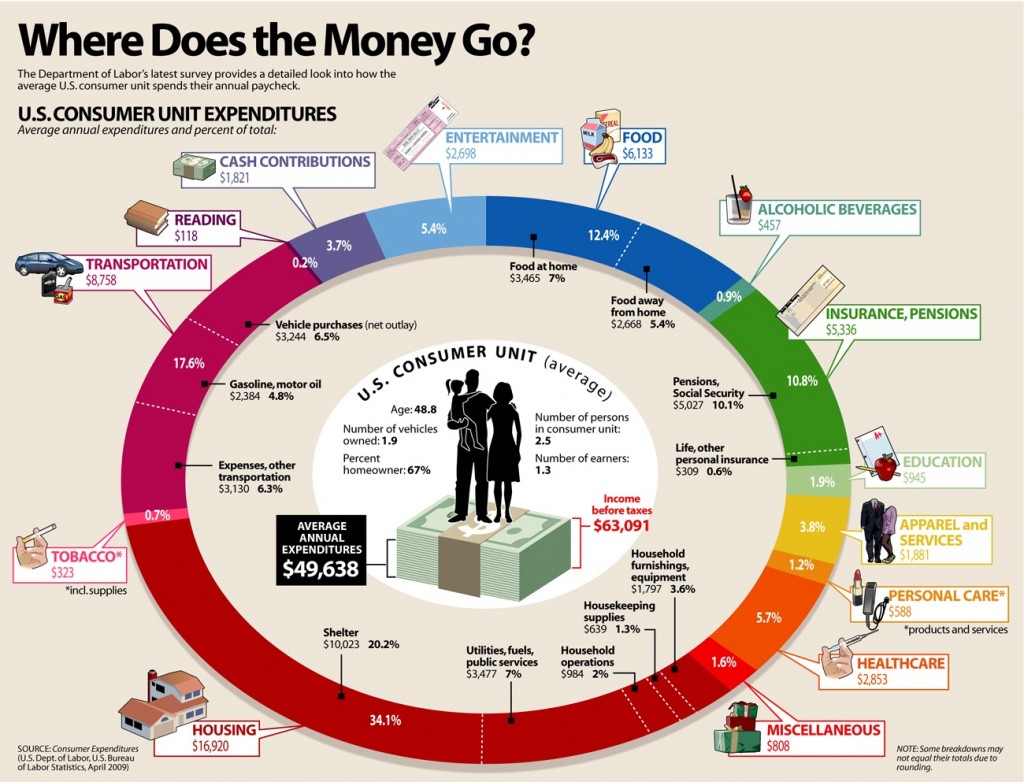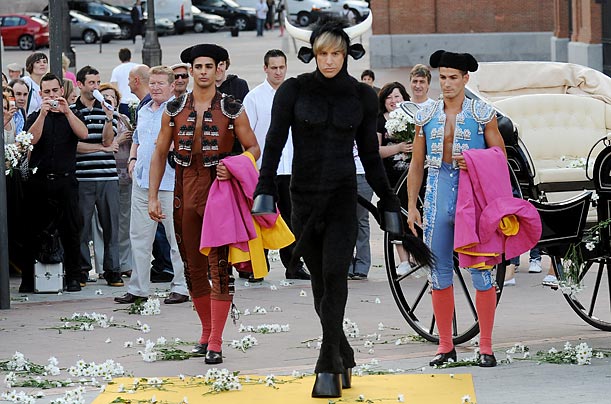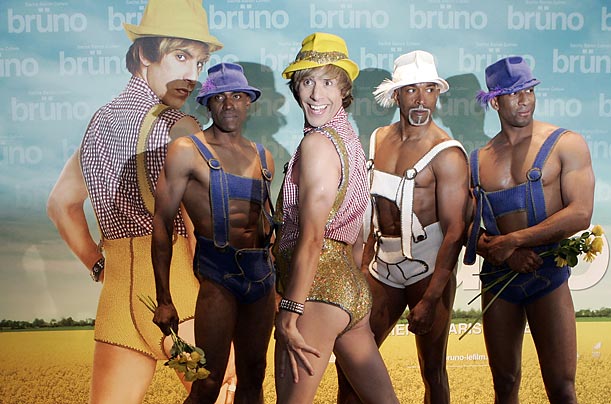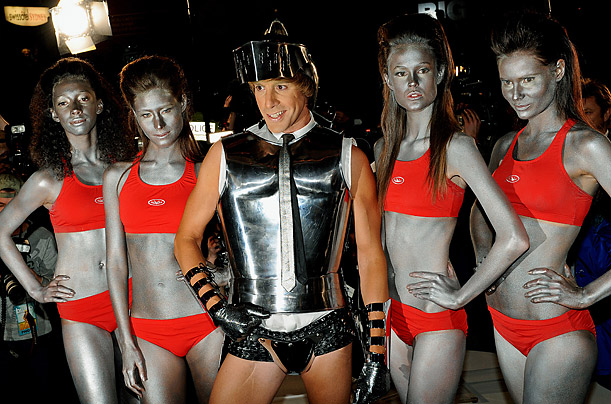Headlines across the country recently noted that more Americans now consider themselves “pro-life” than ”pro-choice”. In the last month many polls have focused on Americans’ views on abortion, yet the Gallup poll released on May 15, 2009, got the most attention. President Obama was just about to give the commencement address at Notre Dame where a controversy had erupted; critics complained that a pro-choice politician should not have been granted an honorary degree at a Catholic institution.
The Gallup poll graphs below show the new divergence of opinion. Looking at the pattern over time, it is clear that opinions of pro-choice versus pro-life have been changing, although the trend between 1998 and 2008 is not remarkable in its variety. The change that the news signaled is that last switch in the apparent prevalence of pro-life opinions.

Sociologically, let’s look at this issue more closely. Opinions on abortion, its availability, one’s identification with the issue, and its legality are sensitive and controversial because they involve religious, political, and cultural values and very personal, often difficult situations.
Polls show a variety of support depending on the wording of the questions. Look at the poll results from the last month:
Gallup Poll (May 7-10, 2009. N=1,015 adults nationwide. Margin of Error ± 3).
“Do you think abortions should be legal under any circumstances, legal only under certain circumstances, or illegal in all circumstances?”
| Legal Under any Circumstance |
Legal only under Certain Circumstances |
Illegal in all Circumstances |
Unsure |
| 22% |
53% |
23% |
2% |
Quinnipiac University Poll (April 21-27, 2009. N=2,041 registered voters nationwide. Margin of Error ± 2.2).
“Do you think abortion should be legal in all cases, legal in most cases, illegal in most cases or illegal in all cases?”
| Always Legal |
Usually Legal |
Usually Illegal |
Always Illegal |
Unsure |
| 15% |
37% |
27% |
14% |
7% |
The wording of the questions are only slightly different (circumstances versus cases) yet the results are quite different. Note that a only a minority hold that abortions should always be illegal. “Identity” issues also frame the debate. As the following polls show, when asked whether they consider themselves pro-life or pro-choice, respondents offered slightly different results.
Here’s something sociologists need to consider: We don’t know whether these differences are statistically significant. This rather important issue is not addressed in news reports on the Gallup Poll. It may be that we have equal percents of people in each category and the oscillations over time are not statistically significant. At the very least, the reported margin of error (MoE) shows that the percent of people in these groups may not be so different after all.
FOX News/Opinion Dynamics Poll (May 12-13, 2009. N=900 registered voters nationwide. MoE ± 3).
“On the issue of abortion, would you say you are more pro-life or more pro-choice?”
| Pro-life |
Pro-Choice |
Both/Mix |
Unsure |
| 49% |
43% |
6% |
2% |
Gallup Poll (May 7-10, 2009. N=1,015 adults nationwide. MoE ± 3).
“With respect to the abortion issue, would you consider yourself to be pro-choice or pro-life?”
| Pro-choice |
Pro-life |
Mixed/Neither |
Don’t Know What Terms Mean |
Unsure |
| 42% |
51% |
2% |
4% |
1% |
CNN/Opinion Research Corporation Poll (April 23-26, 2009. N=2,019 adults nationwide. MoE ± 2).
“With respect to the abortion issue, would you consider yourself to be pro-choice or pro-life?”
| Pro-choice |
Pro-life |
Unsure about Terms |
Mixed/Both/Neither |
Unsure |
| 49% |
45% |
1% |
3% |
1% |
Another way to look at abortion opinions is to ask about people’s legal opinions as this poll does. The CNN poll below asked specifically about the Roe v. Wade decision. Even if more people might identify themselves as pro-life, there is still a preponderance of support for the Supreme Court decision.
CNN/Opinion Research Corporation Poll (May 14-17, 2009. N=1,010 adults nationwide. MoE ± 3).
“The 1973 Roe versus Wade decision established a woman’s constitutional right to an abortion, at least in the first three months of pregnancy. Would you like to see the Supreme Court completely overturn its Roe versus Wade decision, or not?”
| Yes, Overturn |
No, Not Overturn |
Unsure |
| 30% |
68% |
1% |
Here’s another piece of data to consider – the actual trends in abortions. Since the 1980s, the rates have leveled off thus abortion has not increased in use. The fact that it is has been decreasing and not increasing might lessen opinions about its availability.

To better understand how the pro-life and pro-choice opinions may be changing; take a look at these graphs from the Gallup poll and notice which lines are moving in which direction.



It seems pretty clear that more conservative, moderate, and Republican people are leaning more pro-life than they were in years past. How might we explain this? Republican leaders have stressed this issue in their attempt to solidify opposition to the Obama administration and the gains made by Democrats in the House and Senate.
From a sociological perspective, we can see that this issue is much more complex than a single headline. Before we can conclude that social change is happening, we need to examine the data available and whether our findings are statistically significant. What other methodological questions do you think we need to ask to better understand trends in public opinion?
————————–
Sally Raskoff is a blogger at the Everyday Sociology Blog and is an Associate Professor of Sociology at Los Angeles Valley College. One of her main goals in life is to demystify society through the use of sociology.
If you would like to write a post for Sociological Images, please see our Guidelines for Guest Bloggers.












